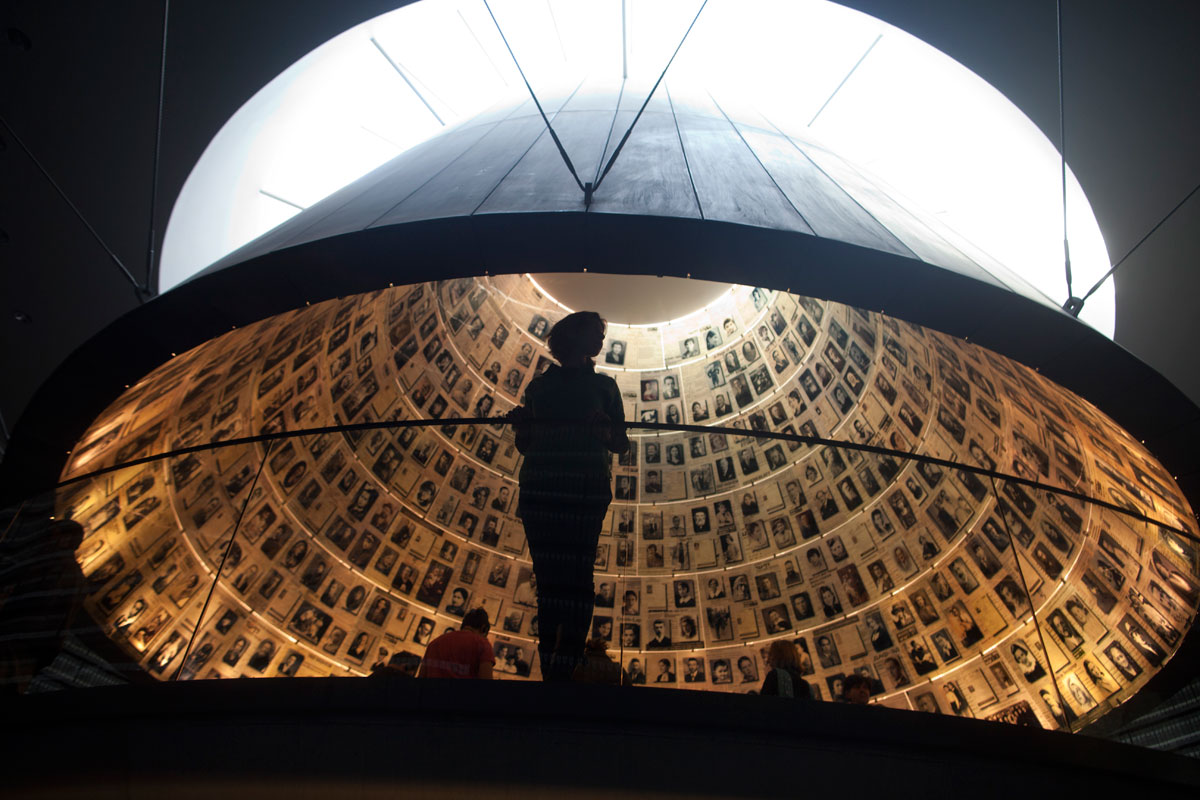When Yad Vashem made its Central Database of Holocaust Victims' Names available to the public on the Internet in 2004, it provided a treasure chest of information to all those researching their families who disappeared in the Holocaust. Many families had been spilt by immigration during the 19th and 20th centuries with siblings immigrating to different continents and in some cases part of the family staying behind in Europe. The Holocaust severed all contact with those members of the family that remained in Europe and the new generations did not know them or of them.
The initial 800,000 Pages of Testimony in the Database were filled out in the late 1950’s. Great efforts were made on the part of Yad Vashem to reach out to the survivors of the Holocaust in Israel and those members of the families who had made aliyah before World War II. The Pages were designed as a memorial for victims of the Shoah, but they incidentally provided a source of genealogical information. But at that time in Israel few people had telephones, many immigrants lived in immigrant housing, and the Pages of Testimony were not necessarily filled out with all available information. These three factors made finding the person who filled out the Page a nearly impossible mission.
Being involved in genealogical research, I volunteered to answer requests about forms filled out by people in Israel. During the database's first three years online, I received over 1,000 requests by e-mail. The ratio of success of finding the person that filled out the Page was 1:4. Not bad considering most of the forms were filled out more than fifty years ago. What enabled those that were lucky to connect to members of their families? Uncommon family names that were not changed to a modern name; living in a small community where the home was passed on to the descendants; and sometimes even just a family name being the name of someone I knew personally. At times I suggested that information about deceased submitters of Pages of Testimony could be found from the Hevra Kadishas (Jewish Burial Societies). Several had online websites, and information could be found about who arranged a burial – another source of discovering family connections.
The excitement of receiving letters telling of family reunions, even if it was of second, third and fourth cousins was reward enough for the time I volunteered. I personally found my paternal grandmother’s family, who didn’t know that a branch of the family had left the Ukraine in the 1920s and made aliyah to Israel. With the ongoing expansion of this Database to include additional sources and joint projects with the archives in Eastern Europe, it will continue to be a useful resource for genealogical researchers.
Rose Feldman is at Twitter where you can keep up to date on archives, databases and genealogy in general and Jewish and Israeli roots in particular.




